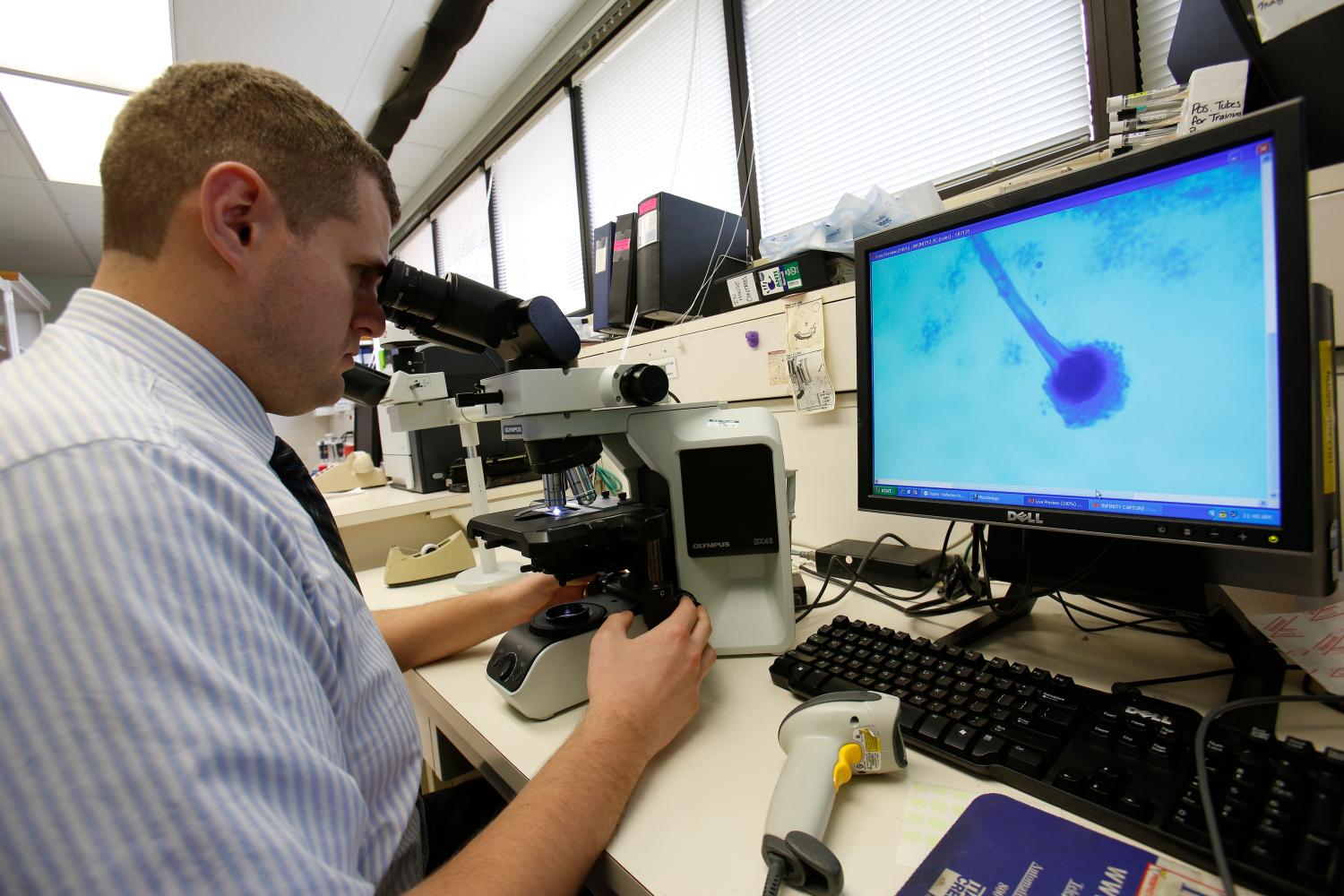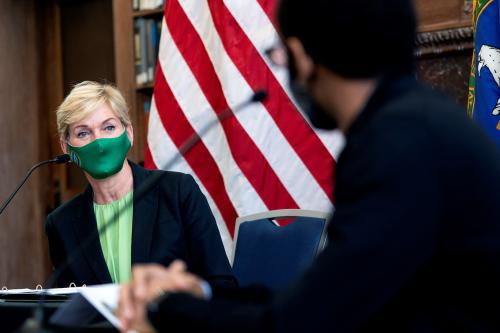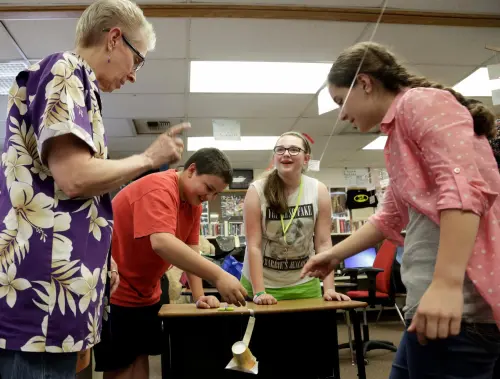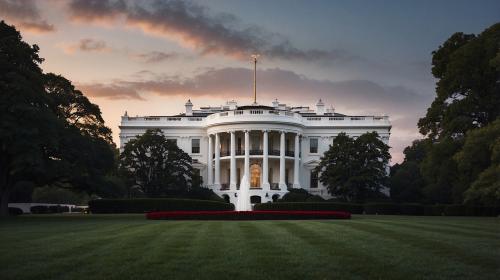University technology transfer has been largely dominated by a business model of licensing university patents to the highest bidder. This model is unprofitable for most universities and sometimes even risks alienating the private sector. However, a new and smarter model has emerged and is being increasingly adopted. In this new model universities nurture their own start-ups and make available their patents to them. This ought to improve technology transfer. But universities cannot do it alone, they operate within a larger innovation ecology and the government can help foster an adequate environment for entrepreneurship.
-
The license-to-the-highest-bidder model has yielded high income for only a few universities.
Most universities lose money on it. In 2012, a year very much in line with the ten-year trends in this sector, the top 5% of earners (8 universities) took 50% of the total licensing income of the university system; and the top 10% (16 universities) took 70%, nearly three-quarters of the system’s income.
-
Not only licensing revenue is highly asymmetric but also the highest earners have become a select club with a stable membership.
Only 37 universities have been able to reach the top 20 of licensing revenue any given year over the last decade.
-
The top 50% of universities in terms of research expenditures controls about nine of each ten dollars of research funds and of licensing revenue.
-
Valdivia estimates that 130 universities did not generate enough licensing income in 2012 to cover the wages of their technology transfer staff and the legal costs for the patents they file.
What is more, with 84% universities operating technology transfer in the red, 2012 was a good year because over the last 20 years, on average, 87% did not break even.
Luckily, though, universities appear to recognize that their patent and commercialization projects must change and are moving to, what Valdivia terms, a “nurturing start-ups model.”
Three key recommendations to engineer a start-ups model revolution in tech transfer:
- The government should expand funding for the Small Business Technology Transfer program designating funds specifically for university start-ups.
- Congress should authorize a patent use exemption for non-profit research organizations for the purpose of exclusive experimental use.
- The government should create an equity rule for the distribution of funds among universities.
The Brookings Institution is committed to quality, independence, and impact.
We are supported by a diverse array of funders. In line with our values and policies, each Brookings publication represents the sole views of its author(s).




